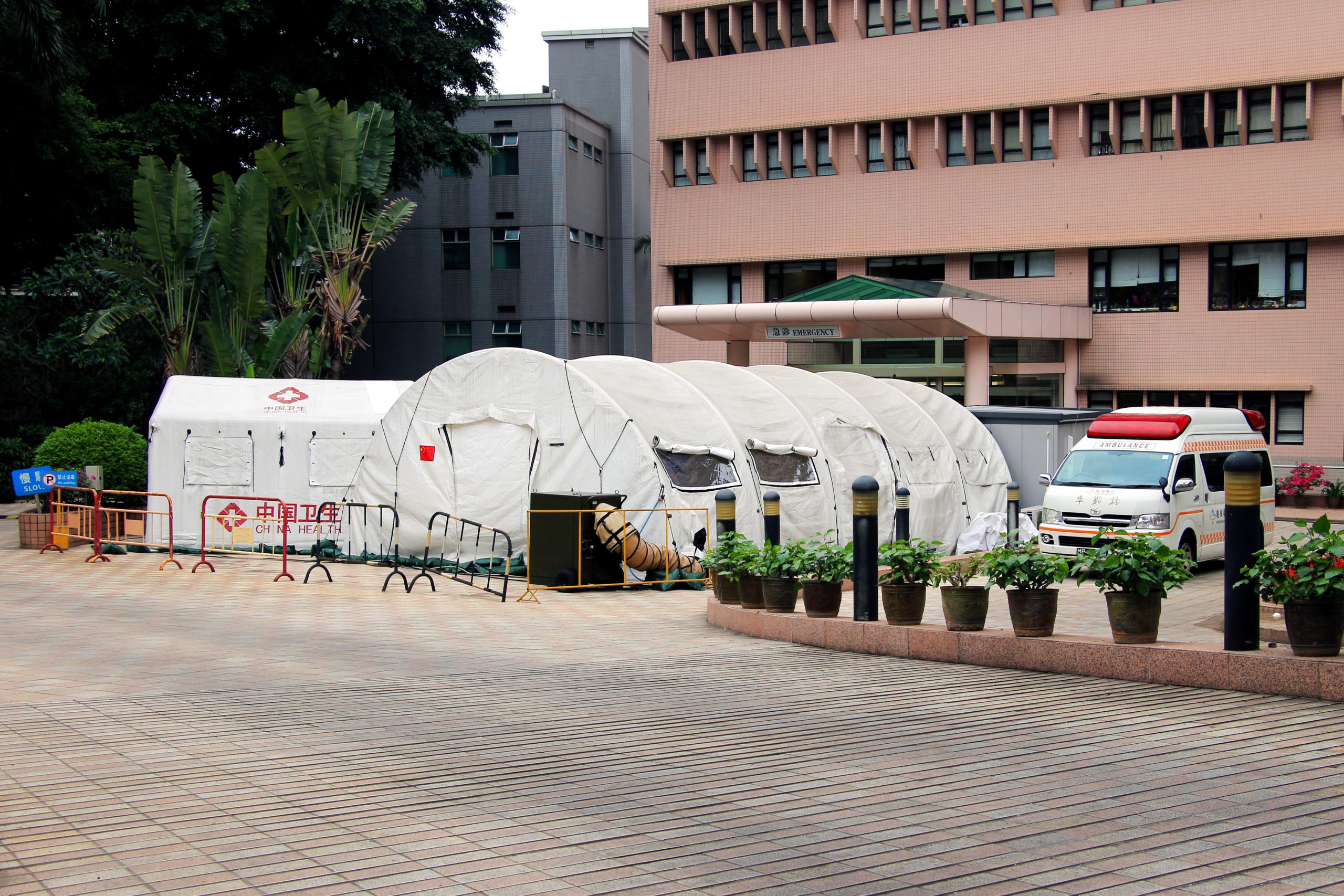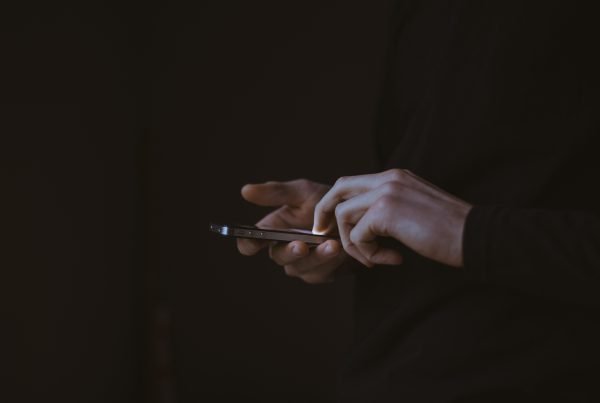Traditionally, patient interactions with doctors in a medical context have been limited to face-to-cafe consultation, telecommunications, or email. If patients needed to be continuously monitored, the only way they could be is if they were in a physical hospital with around-the-clock monitoring.
Internet of Things (IoT) devices allow for remote monitoring of patients in healthcare environments so that physicians and other healthcare providers can provide effective care to keep patients healthy and safe. Patients who are monitored using IoT devices report higher satisfaction and healthcare administration is more efficient. IoT applications for patient monitoring can also greatly reduce healthcare costs and improve treatment outcomes.
What Is IoT?
An Internet of Things (IoT) refers to a system of interrelated computing devices that can transfer data across networks without any human action on the user-end. IoT applications allow the integration of several computing devices to create a closed network that can store and transmit information. The main benefit of IoT networks is that they can create a scalable computing network across a wide range of physical objects.
In the consumer sphere, IoT applications are found in ‘smart’ appliances, such as Google Home or smart light bulbs. These kinds of devices are all interconnected and can reach out and influence one another. IoT systems have a simple architecture that is highly scalable, meaning that IoT systems can be deployed ubiquitously through industries for whatever application you need.
IoT applications are popping up all over the healthcare industry. One particular application is for temporary hospitals. IoT systems can provide comprehensive information networks for temporary healthcare locations or locations that lack sophisticated telecommunications infrastructure. Let’s take a look at some creative ways the IoT devices can be used in temporary healthcare facilities.
Nurse Call
Patients in temporary facilities need continual monitoring, but these facilities may lack the technological infrastructure for consistent monitoring and notification in the case of emergencies. CareBand’s Nurse Call monitor is a device that patients can wear around their neck or wrist. When a patient presses the button, the sensor sends an alert to the CareBand Cloud. The CareBand Cloud will then notify healthcare professionals with the patient’s location and identification.
CareBand’s Nurse Call offers a cloud-based solution to patient monitoring and can serve to ensure that patients receive fast and accurate medical care in temporary facilities. Each device can last up to 3 months on a single battery charge as well.
Asset Tracking for Drugs and Equipment
Temporary facilities are often working with limited physical resources, so they need to be able to make sure assets are being transported and efficiently distributed. Manual methods for asset tracking are cumbersome and vulnerable to several errors. Hospitals already use digital-based asset tracking methods like QR codes, but even these kinds still rely on some manual input.
IoT applications use sensors to automatically track specific info about assets without the need for human input. IoT sensors can be attached directly to drugs and equipment, which then sends real-time updates about location and condition to cloud servers. IoT asset tracking systems work autonomously and do not require user-end human input. This removes the burden from hospital administrators to manually manage equipment and drugs.
The same systems can be used to ensure that goods are transported safely. Here is a real-life example: Nexleaf’s ColdTrace system uses wireless remotes to monitor the temperature of vaccine storage facilities. The system can automatically make adjustments to temperature if ambient conditions fall outside a safe range.
Patient Monitoring
Temporary hospitals are typically light on staff and may not have the man-power for continuous monitoring of patients. IoT-enabled devices can be used to autonomously monitor patient vital signs, and send alerts about changes in health condition. Further, IoT devices can be configured to change in response to changes in patient vitals.
Here is a simple example of how this might work. A patient could wear an IoT-enabled heart rate monitor. The device would keep track of patient vitals, and send a notification to health care professionals if their heart rate increases or decreases outside of safe levels. These kinds of patient monitoring devices can be used to track the progression of treatments to see if they are effective.
Here is another real-world example of using IoT-enabled devices for patient monitoring and to track the effectiveness of drugs. Pfizer and IBM recently developed a “Parkinson’s House” that is loaded with sensors that track patients’ every move. This information is fed to doctors who analyze it to determine the effectiveness of treatments and physical therapy. Wearable sensors can provide health care professionals with a continuous stream of patient information for assessing treatment regiments.
In the same vein, Stanley Healthcare offers patients wearable RFID-enabled devices that let healthcare providers identify the real-time patient location. Stanley’s AeroScout Links platform has been used elsewhere to monitor temperature and humidity levels in hospital locations.
Spry Health’s Loop device is another wearable sensor that can provide continuous updates on vital signs. Loop advertises itself as “the monitoring power of a hospital bed in the form factor of a fitness tracker.” The device allows health care professionals to get actionable insights to develop better care.
Preventative Care
IoT applications are not just limited to immediate medical care. IoT systems can provide valuable demographic data for preventative care measures. For example, Aclima developed a mobile sensor that can get information about how local factors such as weather and transportation affect local air quality. This kind of data can be turned into valuable insights for coordinating large scale public health campaigns aimed at preventative measures.
Conclusions
Given their flexibility, IoT systems have essentially limitless applications in the healthcare industry. IoT systems are flexible, scalable, and highly customizable so they can be deployed for any organizational purpose. Moreover, IoT systems can be run on a barebones infrastructure and so can be deployed in areas that may lack traditional communications channels. IoT systems are also low cost and can be run without sophisticated hardware or communications protocols. IoT applications represent the general transition to digital technology in our everyday lives.







